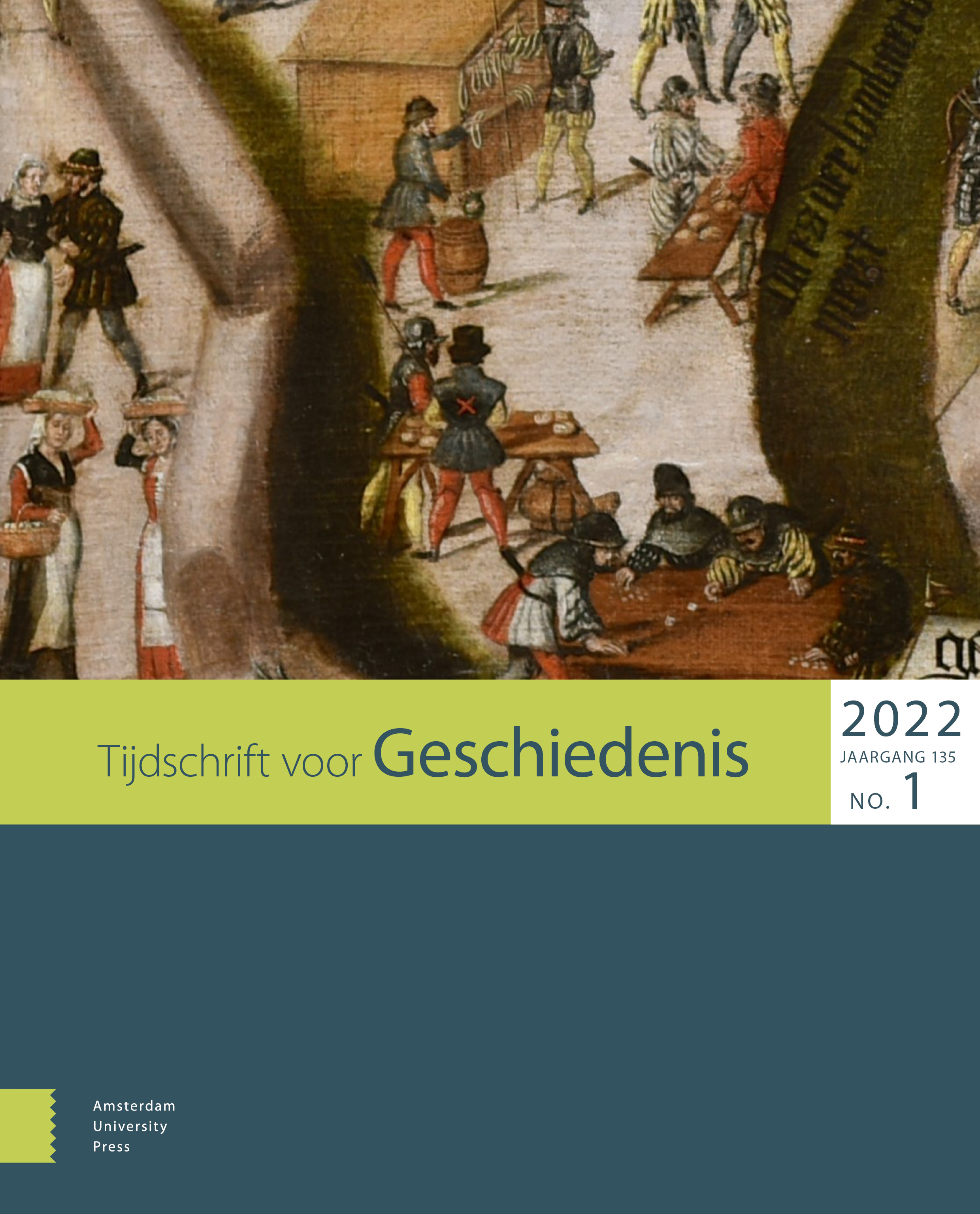-
oa Milieuactivisten in maatpak
De Europeanisering van Greenpeace International (1987-1993)
- Amsterdam University Press
- Source: Tijdschrift voor Geschiedenis, Volume 130, Issue 1, Feb 2017, p. 83 - 100
Abstract
The Europeanization of Greenpeace International (1987-93)
This article will analyze the ways in which an important societal actor, Greenpeace International, adapted to the Europeanization of environmental policy-making. Greenpeace was a relative latecomer to the European scene. Only towards the end of the 1980s did it acknowledge the opportunities that the developing EC might offer in the field of environmental policy-making. In 1988 it was decided that a professional European Communities Unit (EC-Unit) would be established. Due to its late arrival, Greenpeace International was forced to operate within an already existing institutional framework. The organization was thus faced with a difficult question: how to use the EC to advance its own objectives, while at the same time keeping true to its identity as an independent and activist NGO. This paper is based on research in the archives of Greenpeace International, including policy documents, internal correspondence, and minutes of board meetings concerning European lobbying practices.


